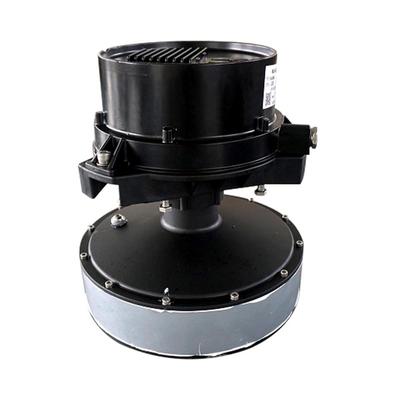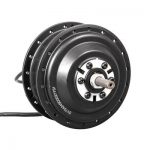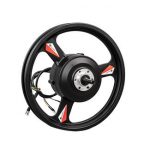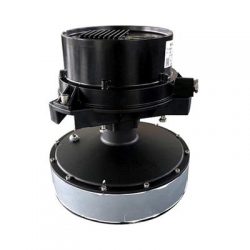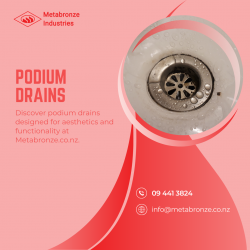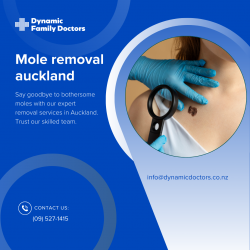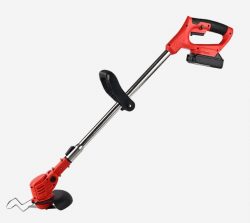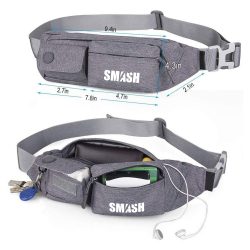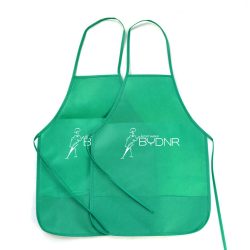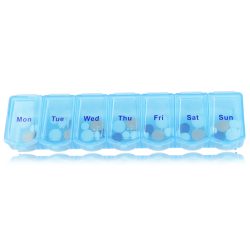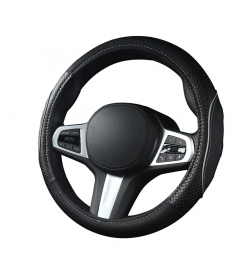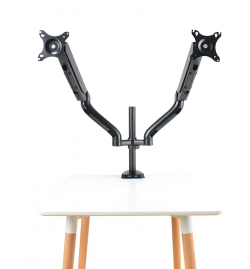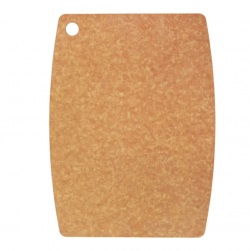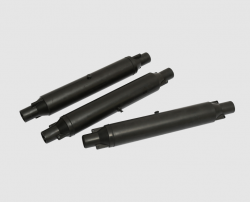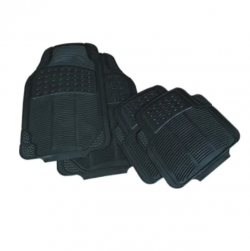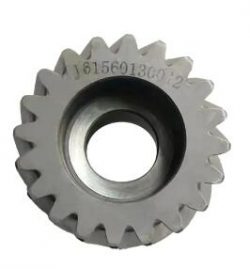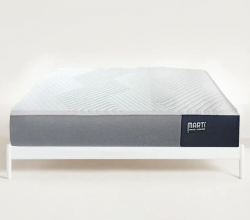Impeller type permanent magnet variable frequency aerator host
The impeller type permanent magnet variable frequency aerator host is a specific type of aerator system used in wastewater treatment processes. It consists of an aerator host unit that utilizes an impeller and permanent magnet motor with variable frequency drive (VFD) technology. Here is a breakdown of its key components and functionality: Impeller: The impeller is a rotating component with blades or vanes that is responsible for creating agitation and mixing in the water or wastewater. It generates a flow of air or oxygen into the liquid, facilitating the oxygen transfer process required for biological treatment. Permanent Magnet Motor: The aerator host unit incorporates a permanent magnet motor, which is an energy-efficient and durable type of motor. Permanent magnet motors offer higher efficiency, lower energy consumption, and reduced maintenance compared to traditional motors. Variable Frequency Drive (VFD): The VFD is a control system that adjusts the rotational speed of the motor by varying the frequency of the electrical power supplied to the motor. It allows for precise control of the aerator speed, optimizing energy consumption and operational efficiency. The VFD also enables soft start and stop functions, reducing mechanical stress on the equipment. Variable Frequency Control: The variable frequency control in the aerator host allows operators to adjust the rotational speed of the impeller to meet specific process requirements. By varying the speed, the aerator can provide different levels of mixing, oxygen transfer, and agitation based on the treatment needs of the wastewater.Benefits of Impeller Type Permanent Magnet Variable Frequency Aerator Host: Energy Efficiency: The use of permanent magnet motors and variable frequency control enables energy savings by adjusting the aerator speed to match the required oxygenation and mixing demands. This helps to reduce electricity consumption and operational costs. Process Flexibility: The variable frequency control allows for adaptable operation, enabling the aerator to accommodate changes in wastewater flow rates, oxygen requirements, and treatment conditions. Durability and Reliability: Permanent magnet motors are known for their robust construction and extended operational lifespan. They require less maintenance and have fewer mechanical parts prone to wear and tear. Improved Oxygen Transfer: The impeller design, combined with variable frequency control, enhances oxygen transfer efficiency by creating optimal mixing and agitation in the water. This promotes effective biological treatment processes. Noise Reduction: Permanent magnet motors operate with reduced noise levels compared to traditional motors, creating a quieter and more comfortable working environment.The impeller type permanent magnet variable frequency aerator host is a technologically advanced solution in wastewater treatment, offering energy-efficient operation, precise control, and improved performance for aeration processes.
